May 21, 2025 | 08:56 GMT +7
May 21, 2025 | 08:56 GMT +7
Hotline: 0913.378.918
May 21, 2025 | 08:56 GMT +7
Hotline: 0913.378.918
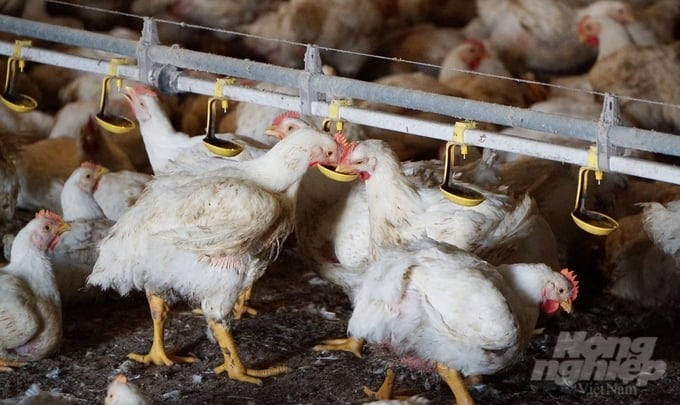
Vietnam's livestock industry is developing strongly, creating many new opportunities for providing livestock products and serving as the world's kitchen. Photo: Le Binh.
According to Deputy Minister Phung Duc Tien, Vietnam's livestock farming accounts for about 26% of the value of the agricultural sector. In recent years, the livestock industry has grown rapidly, and the livestock herd is very large. The pig herd has 28.6 million heads; poultry has 558 million heads; dairy cows have about 400,000 heads; beef cattle have 6.5 million heads; goats and sheep have 2.8 million heads; and buffalo have 2 million heads.
"After many years of restructuring, the livestock industry now has a good foundation. However, there are still many difficulties that need to be overcome, including limited exports and small scale. In order to address the great potential and advantages of livestock farming, it must be oriented towards export," Deputy Minister Phung Duc Tien emphasized.
However, to export, especially to demanding markets, Vietnam needs to ensure compliance with common "game rules." In addition to building disease-free zones and ensuring livestock production without the use of antibiotics, the livestock industry still has much work to do.
"Our livestock industry needs to synchronously solve all stages, from animal welfare, animal feed, environment, and food processing. In particular, the livestock industry needs to focus on science and technology application, high human resources, and biosafety," Deputy Minister Tien emphasized.
The Netherlands is a small country, poor in natural resources, but is the second largest exporter of agricultural products in the world. The Netherlands also used to have a "headache" over the problem of solving domestic food problems. However, they have currently become the world's second-largest agricultural exporter, with incredible productivity.
According to Mr. Gabor Fluit, Global General Director of De Heus, the reason is that the Netherlands implements the strategy of "high investment - much production." Thanks to that, the Netherlands has extremely good agricultural infrastructure.
"We take the maximum advantage of the limited agricultural land area in a country whose total area is less than 42,000 km2. Furthermore, the high-tech application also helps us conveniently control diseases and improve output and quality. All of these things always go hand in hand. This is also being applied to De Heus's farms in Vietnam," said Mr. Gabor Fluit.
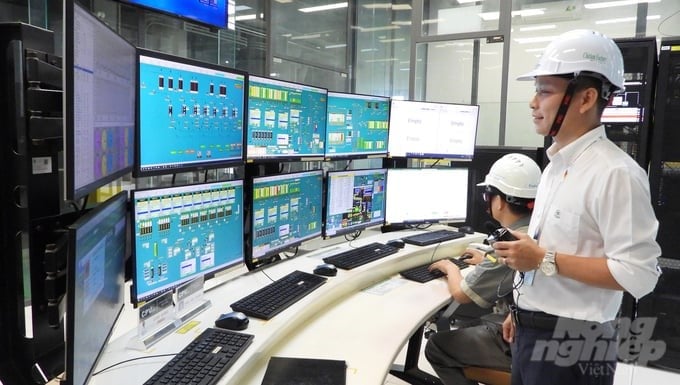
The area operates the smart monitoring system for all production activities of CPV Food Binh Phuoc. Photo: Tran Trung.
In Japan, applying modern technology to livestock farming not only brings high product quality but also increases productivity. With the characteristics of many small, isolated islands, Japanese businesses have invested in systematic farms, which is extremely convenient for preventing diseases in livestock.
According to Mr. Tran Khanh Huy, Head of Import-Export Department, Koyu & Unitek Company, automatic machinery and artificial intelligence are being applied at many Japanese livestock farms. This application not only helps livestock receive optimal care but also improves performance and reduces costs in the production process. Machines are even involved in controlling health conditions and treating them with little need for medicinal intervention.

Many "big men" in the livestock industry jointly cooperate with the hope of bringing Vietnam's livestock products to strong development and exports to many new, demanding markets. Photo: Le Binh.
In the Southeast, "big men" in the Southeast livestock industry are also shaking hands to expand exports. Since 2013, to prepare conditions for exporting chicken meat to Japan, a group of businesses has coordinated to implement a chain with each separate stage.
Accordingly, De Heus Group is responsible for providing feed, Bel Ga JSC (Belgium) provides breeds, and Hung Nhon Group implements chicken farming on chicken farms that meet Global GAHP standards. Koyu & Unitek Co., Ltd. is responsible for purchasing, slaughtering, and exporting to Japan.
Instead of "confronting" in a fierce race, businesses have shaken hands to increase sustainable growth opportunities, self-exploit new business opportunities, expand markets, and reach out to the world.
From this handshake, De Heus, Hung Nhon, and Bel Ga continue to expand to other localities such as Tay Ninh, Dak Lak, Gia Lai, Lam Dong, etc. Every year, the De Heus-Hung Nhon linkage chain sells about 1.6 million safe broilers to the market.
Recently, the Tay Ninh Provincial People's Committee coordinated with the Ministry of Agriculture and Rural Development, De Heus Group, and Hung Nhon to inaugurate the DHN Tay Ninh high-tech application livestock area and seven key agricultural investment projects in the 2025–2030 period. This is one of the projects that applies 100% high technology according to the international standards of the Netherlands, Germany, and Belgium.
Previously, De Heus's acquisition of Masan Group's 14 animal feed production factories also received attention and was expected to become a "boost" for the livestock industry and expand exports of livestock products. .
Not only do the "eagles" decide to come together, but farmers and businesses are proactively working together to create effective, quality business models that meet market requirements and orders of consumers, promising to be a sustainable path to bring billions to the agricultural sector.

Disease safety control is being seriously implemented by the veterinary industry so that livestock products can reach new markets. Photo: Le Binh.
Veterinary medicine plays a very important role in the overall development of the livestock industry. Particularly, to promote the export of livestock products, good veterinary medicine is considered a "passport" to bring these products to the world's table.
In 2023, the veterinary industry implemented a synchronous, comprehensive, and expanded vaccination program to prevent many diseases in livestock. Vietnam has also successfully researched and exported the African swine fever vaccine, officially exported the first batch of bird's nest to China, and is promoting the export of chicken meat to the UK and Europe.
Mr. Nguyen Van Long, Director of the Department of Animal Health, said that the entire industry has regularly coordinated with international organizations such as FAO, CDC, and WOAH to learn and build disease-free zones across the country. Not only that, but people and livestock households are also regularly disseminated and trained on disease prevention and control.
As of now, the entire country has 1,779 disease-free facilities and 247 disease-free zones in 60 provinces and cities. Of these, there are 714 poultry facilities, 971 pig facilities, and 94 other cattle facilities. Disease-free areas include 152 poultry areas, 24 pig areas, and 71 other cattle areas.
"We always follow the correct motto: If you want to eat well, you must first eat hygienically and safely. Other countries also want their people to eat not only delicious food but also safe, disease-free, and healthy food. Therefore, disease safety control must be seriously implemented so that products can be exported to other countries," said Mr. Long.
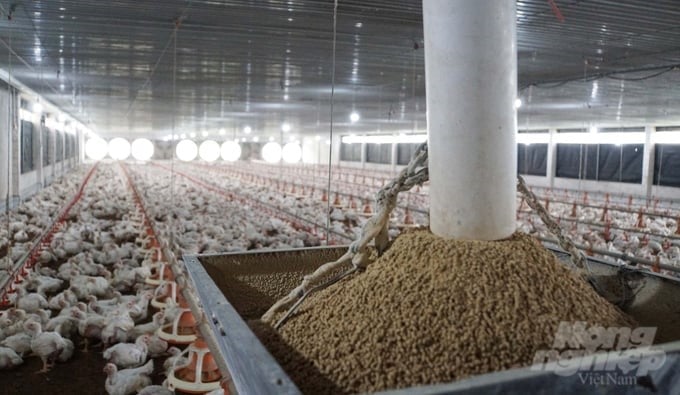
Livestock farming, with the application of science and technology, not only helps save labor but also ensures livestock herds are healthier. Photo: Le Binh.
According to Deputy Minister Phung Duc Tien, Vietnam is facing many great opportunities in exporting livestock products. In the near future, Vietnam may sign a Protocol on Poultry Meat Export. With a market of 1.4 billion people, consumer demand for meat products is up to about USD 400 billion/year, so the geographical balance to export meat to China is very high.
"In the future, we can continue to negotiate the Protocol on Pork Export, so we can hope to increase the export turnover of livestock products to billions of dollars each year," said Deputy Minister Tien.
In 2023, Vietnam exported more than 34 million poultry eggs, an increase of over 3.1 times compared to 2022. After 4 years of being banned, Vietnam's poultry eggs were again exported to the Hong Kong market, and immediately, this market accounted for about 70% of Vietnam's egg exports. Vietnam has also completed negotiations on exporting poultry meat and eggs to the Mongolian market.
There is still a huge geographical balance for export opportunities. Good disease control and food hygiene assurance are creating many new opportunities for Vietnam's livestock industry. However, opening export routes is difficult, and maintaining them is even more difficult. Therefore, in order for the export route to always be "clear," biosafety and disease safety issues always need to be given top priority.
Translated by Thu Huyen
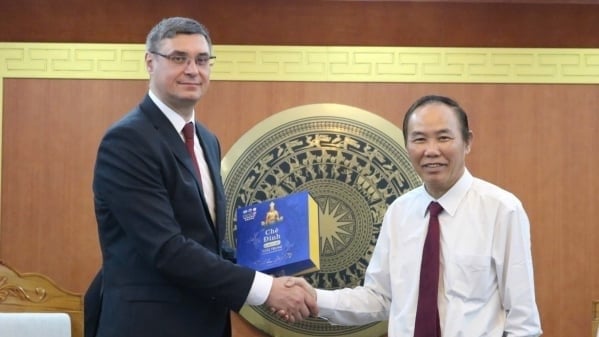
(VAN) The trade turnover of agro-forestry-fishery products is growing significantly, along with investment cooperation commitments that are opening up new development directions between Vietnam and Russia.
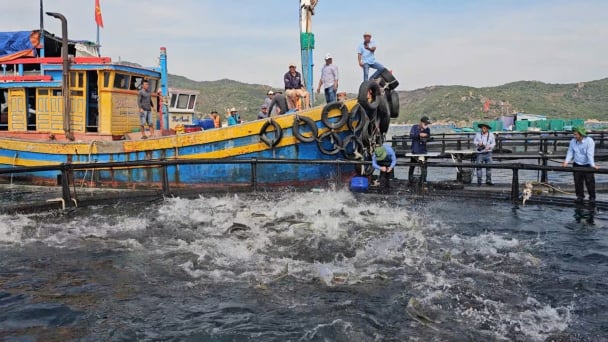
(VAN) Khanh Hoa is investing over 545 billion VND to develop 240 hectares of high-tech marine aquaculture in order to guarantee a consistent supply of seafood exports and achieve the USD 1 billion target.
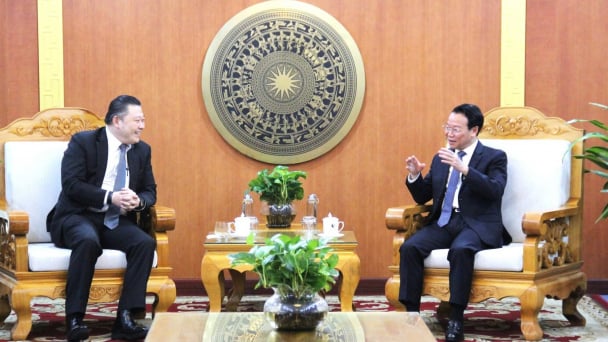
(VAN) Minister of Agriculture and Environment Do Duc Duy held a meeting with Soopakij Chearavanont, Chairman of C.P. Group, on May 15.
/2025/05/16/3800-0-nongnghiep-143756.jpg)
(VAN) Suntory PepsiCo Vietnam coordinated with the Ministry of Education and Training to implement an education program on water conservation, reaching nearly 1 million primary school students nationwide.
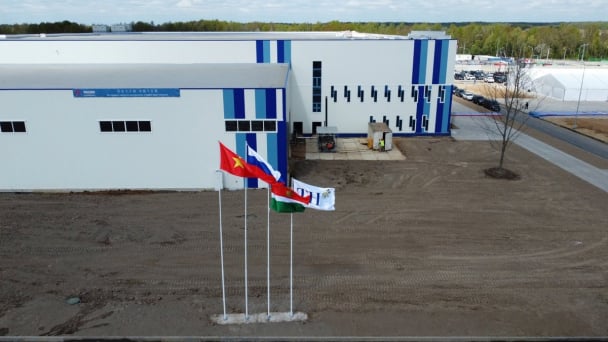
(VAN) Vietnam’s TH Group officially put its high-tech fresh milk processing plant into operation in the Russian Federation, marking a historic moment as the first TH true MILK cartons were produced in Russia.
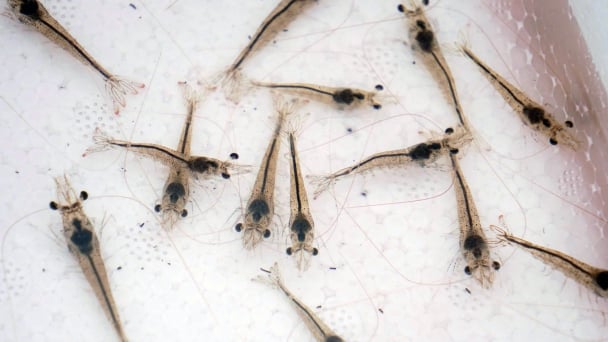
(VAN) Use of high-quality broodstock and biotechnology is regarded as the most effective approach to ensuring sustainable and economically viable shrimp aquaculture ahead of climate change and the emergence of increasingly intricate disease patterns.
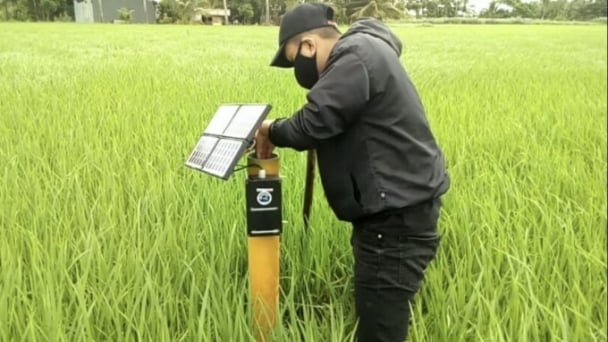
(VAN) Carbon farming is a form of agricultural practices that helps absorb more greenhouse gases than it emits, through smart management of soil, crops, and livestock.